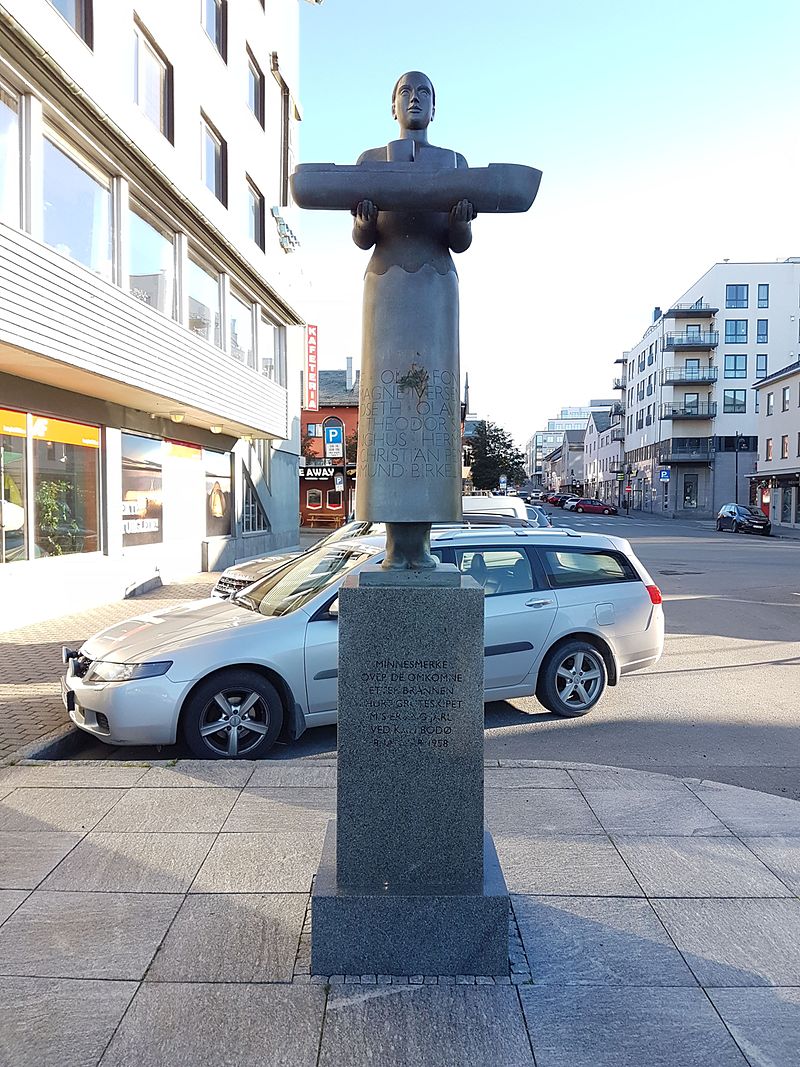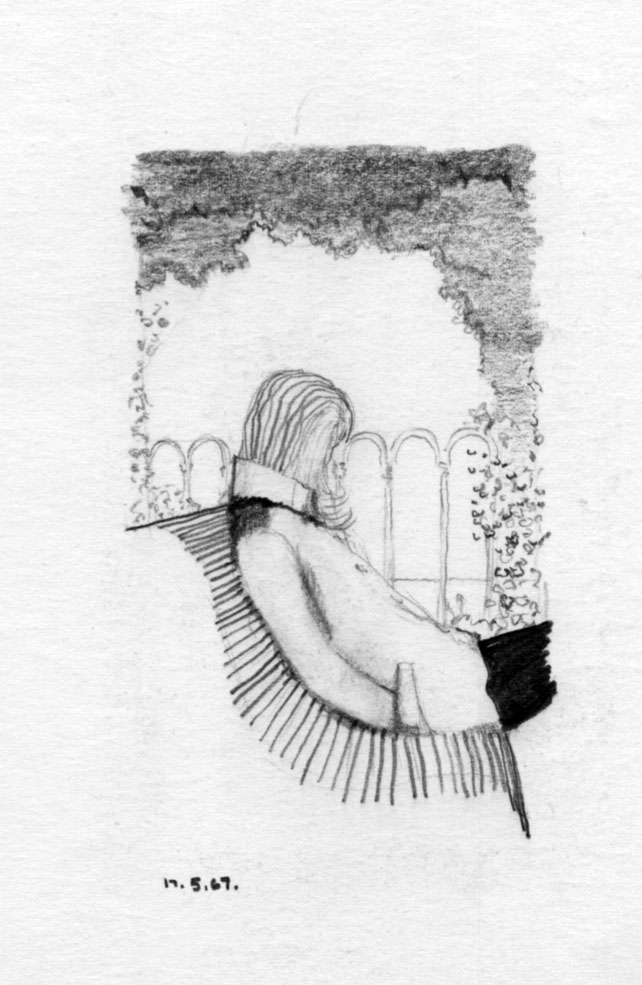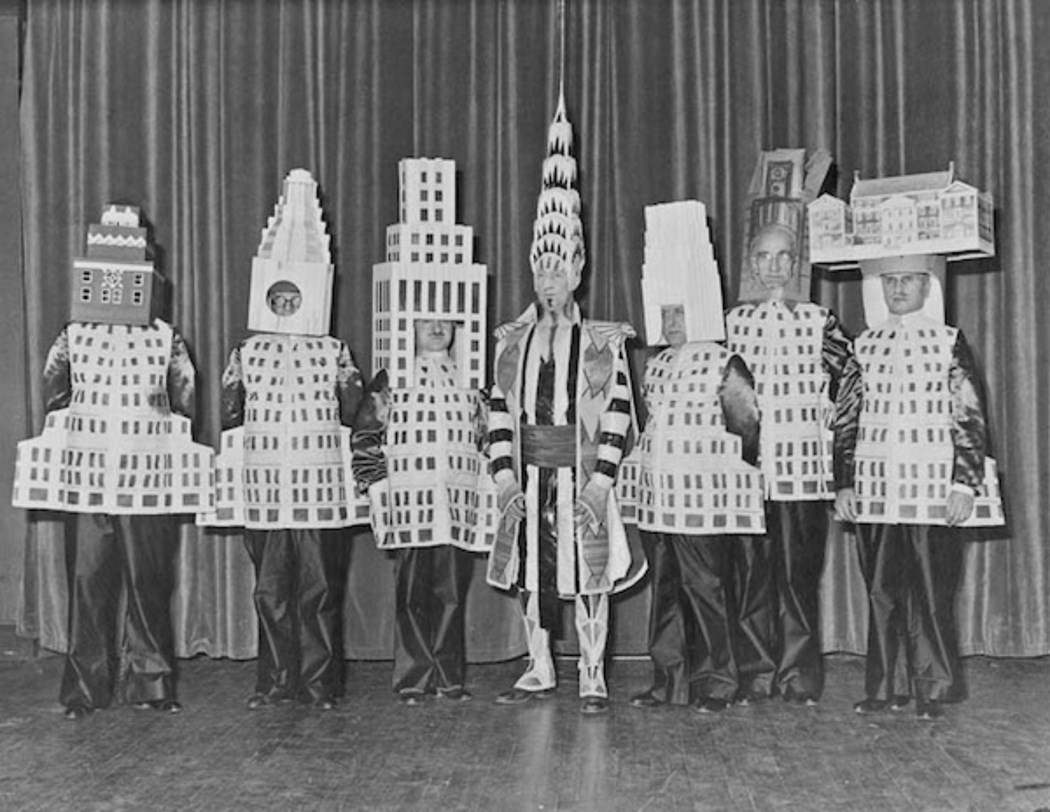
AMERICA THE BEAUTIFUL
I recently received my new passport. The pages for stamps and visas are decorated with images, as they have been in the past, but this is the first time I looked at them closely: a windjammer and a lighthouse; a steam engine pulling a train in a Western landscape; a farmer plowing a field with a team of oxen. Not one of the images is contemporary, with the exception of a communications satellite on the inside back cover. The pictures generally invoke a (rosy) pre-industrial past. And except for Independence Hall, there is not a hint of urbanity. America is apparently a land of open spaces, not a city to be found in the place.

IN MEMORIAM
On January 8, 1958, a fire broke out on the Norwegian ship Earling Jarl while the vessel was docked in Bodø, a small coastal town north of the Arctic Circle. The ship was part of the Hurtigrutten (Express Route), which serves small isolated communities up and down the coast carrying mail, goods, and people. The route is between Kirkenes in the north and Bergen, about five days sailing. The Earling Jarl fire took the lives of fourteen people. A small bronze memorial stands in the town to commemorate the event—and the victims. The artist is Istvan Lisztes, a Norwegian sculptor of Hungarian descent. Although I have taken the Hurtigrutten I have not seen the memorial. But from the photograph it seems like a perfect commemoration: small, unostentatious, attractive, and full of feeling. In an era of pompous, obscure, and sprawling memorials, there is a lesson here.


THE FIRST MODERNISTS
This 1931 photograph of a group of party-goers at the Beaux-Arts Ball in New York is famous. That’s William Van Alen in the center (the Chrysler Building), flanked by Ely Jacques Kahn (the Squibb Building) on the left, and Ralph Walker (the Irving Trust Building) on the right. Three great skyscraper architects. William F. Lamb (the Empire State Building) was also there but didn’t make it into the picture. These men are all part of a generation of American architects that has been written out of the history books. That’s a shame. We all know their buildings—the Empire State, the Chrysler, 30 Rock, and the Federal Reserve in DC. We should remember Lamb, Van Alen, Raymond Hood, and Paul Cret. Their works adorn our cities—and are likely to do so for a long time since they are mostly listed on the National Register of Historic Places.

BLACK IS THE NEW BLACK
When I went to school in England in the fifties we were obliged to wear blue blazers with the school crest. I came across this photo of a class of the Interior Design Department of Northumbria University taken in the Bauhaus building in Dessau. Apparently strict dress codes still apply, and are followed by instructors as well as students, and are even extended to hijabs. Gropius would be pleased.

THE KING JAMES VERSION
While James Holzhauer was making his impressive run on Jeopardy I read several articles that suggested that his aggressive and risky mode of play had changed the game forever. Well, he certainly changed it for me–after more than a decade or more I’ve stopped watching. Mainly because Holzhauer didn’t change the game forever. After he lost, almost immediately things went back to the way they were: contestants timidly started with the $200 category and went on, square by square, and when they hit Double Jeopardy, the bets were pitifully small. The thrill of watching Holzhauer go all in was gone. And the contestants again took the time to laugh at the host’s lame jokes, instead of brusquely pushing things along as King James did. It’s now back to the same-old, same-old. Borrrrrrrrrrrrrring.

